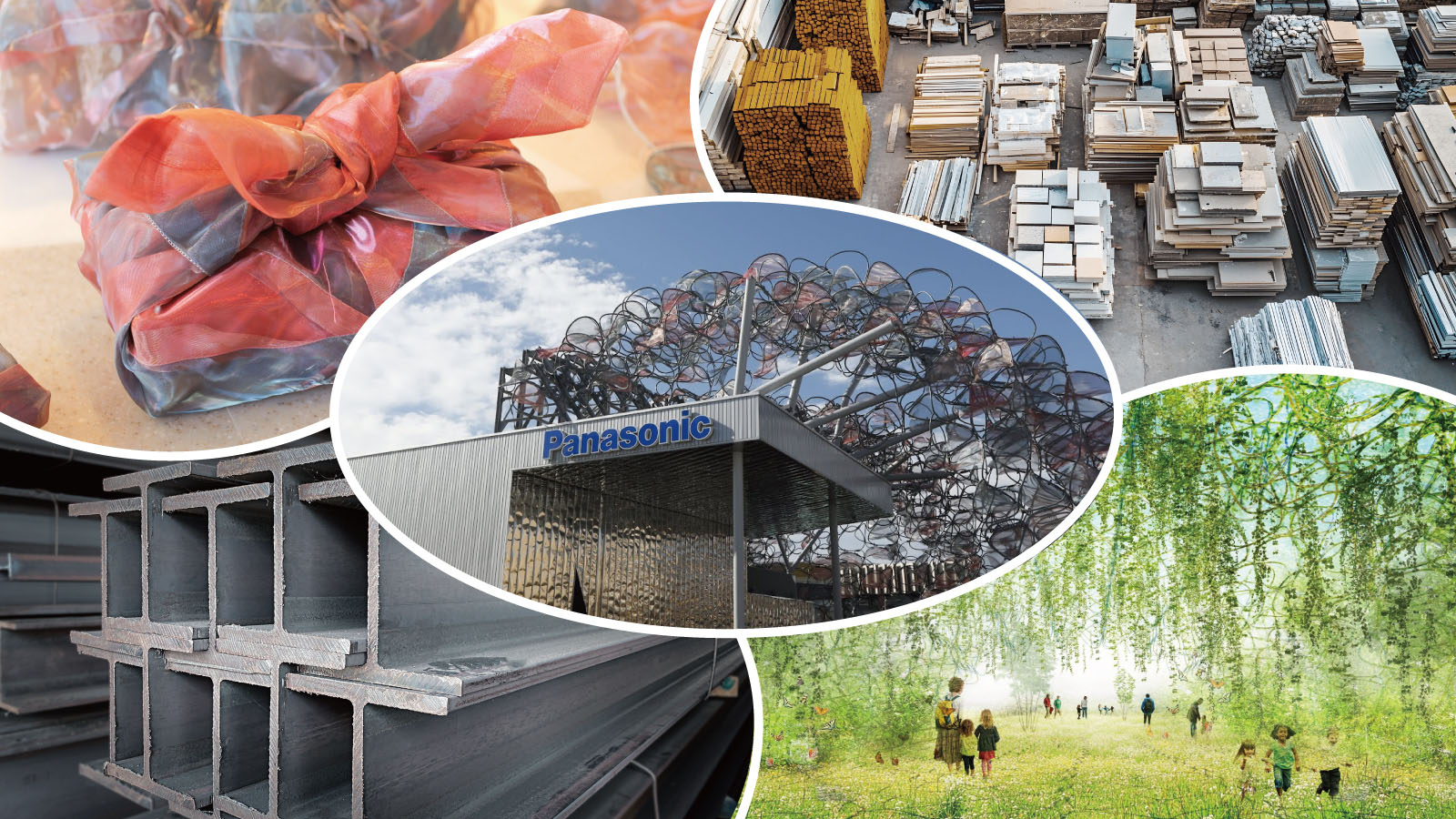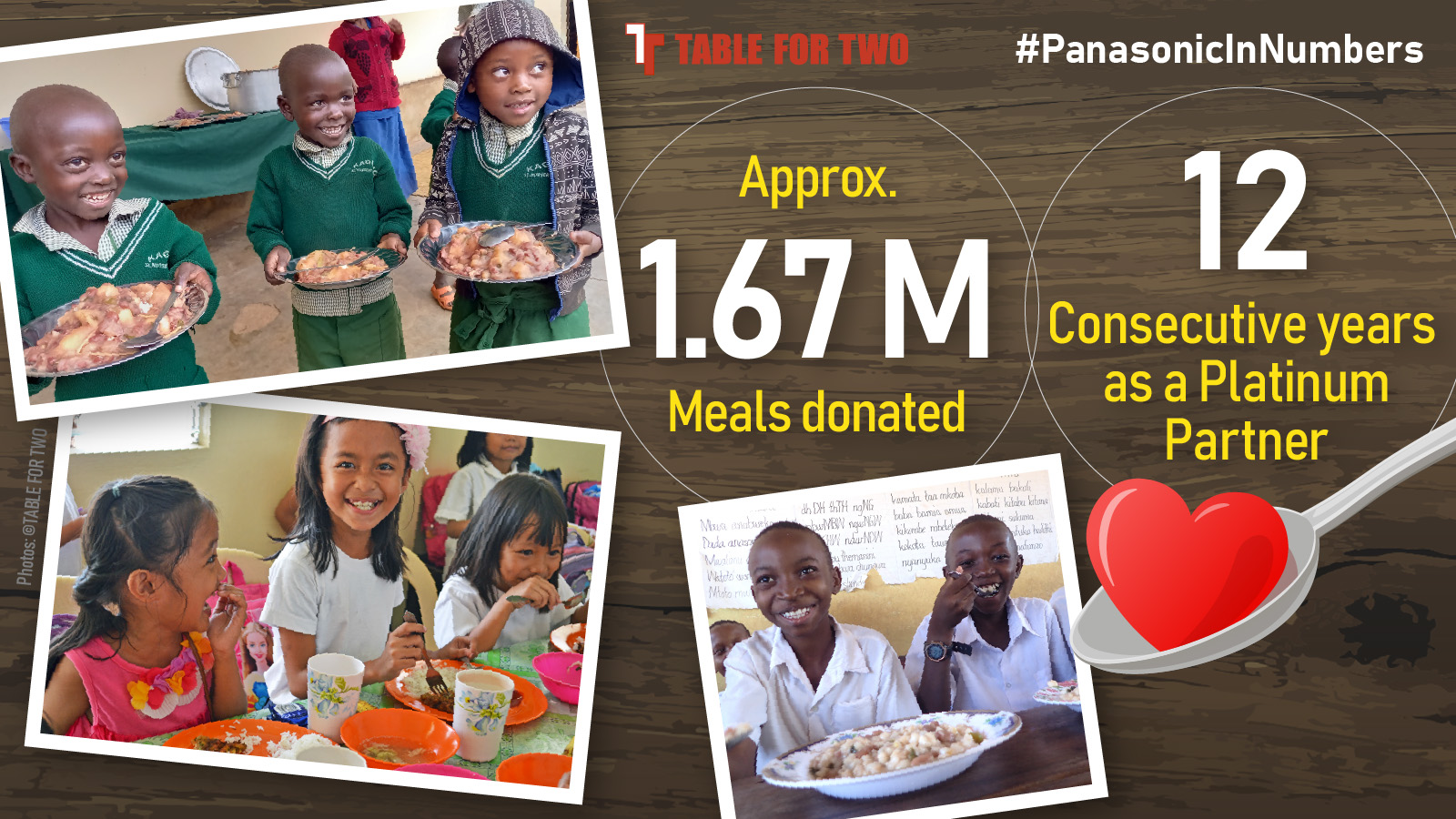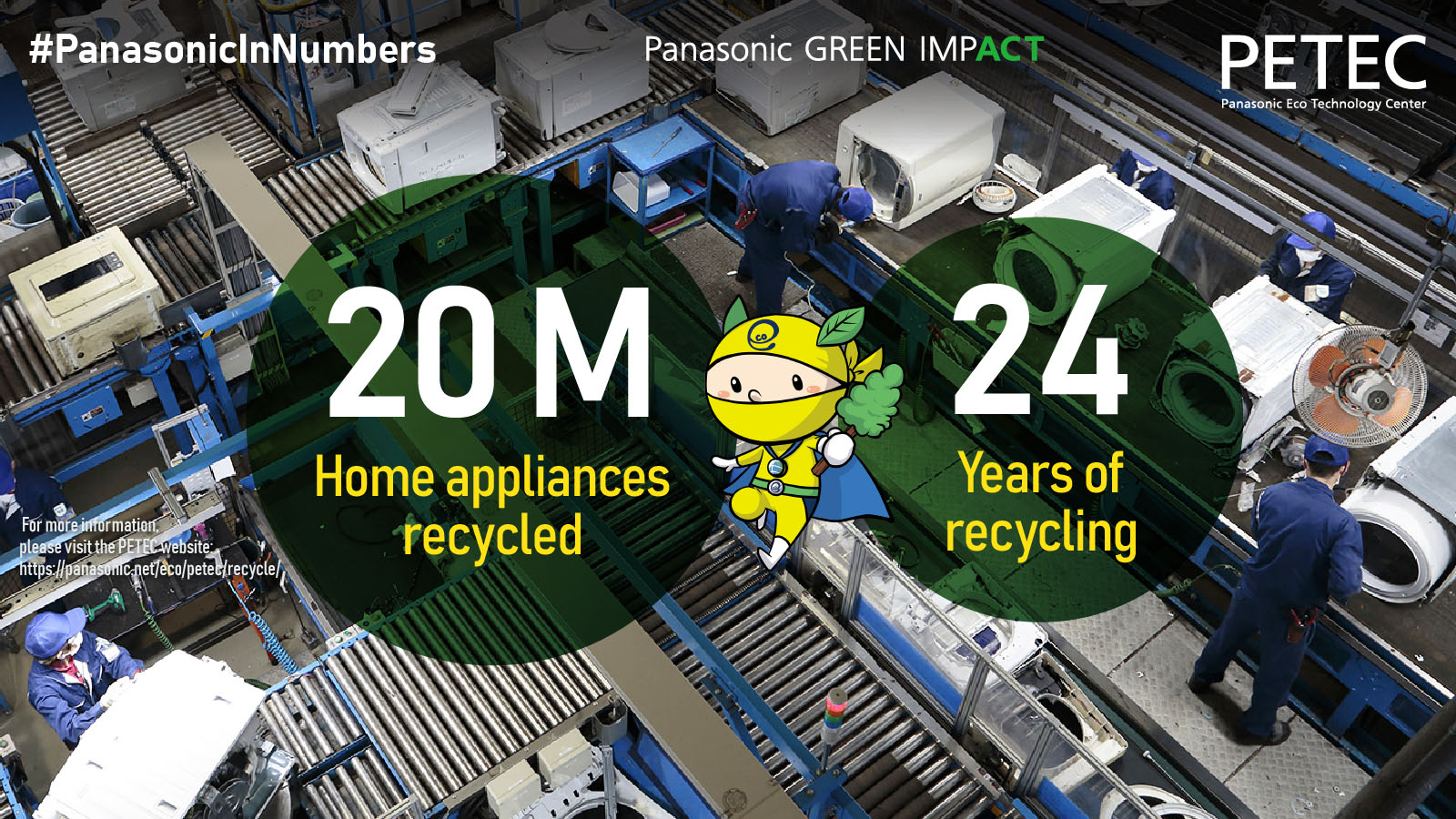In addition to washing machines, he also cites air conditioners as another example. “Air conditioners consume a lot of electricity so the impact of the air conditioner industry on energy consumption in any country is high. For this reason, energy consumption of air conditioners has to align with government mandates—such as energy efficiency ratings.”
But Panasonic didn’t stop there. After Europe began enforcing restrictions on the use of hazardous substances in products, Panasonic began using materials that were Restriction of Hazardous Substances Directive (RoHS) compliant even though this was only mandated in Europe and not in India.
“Here again, Panasonic was an innovator within the industry. But innovation isn’t enough if no one is aware of what the company is doing and why it matters,” said Sharma. “Along with processes and products, promoting awareness among stakeholders is essential. Being RoHS compliant added a layer of cost, so Panasonic conducted initiatives to educate consumers and create awareness about the choice the company made and the benefits of using products made from these materials.
“Back in 2008, when responsibility for the environment was not very clearly communicated by many companies, we were in the vanguard. Panasonic clearly aligned itself with the environment, and we have been talking about it for the past 15 years—on a country and a global level,” explained Sharma.
Today, companies are being called upon to demonstrate how they are contributing to addressing and resolving issues related to the global environment—especially at a time when momentum for the transition to a circular economy continues to grow.



















